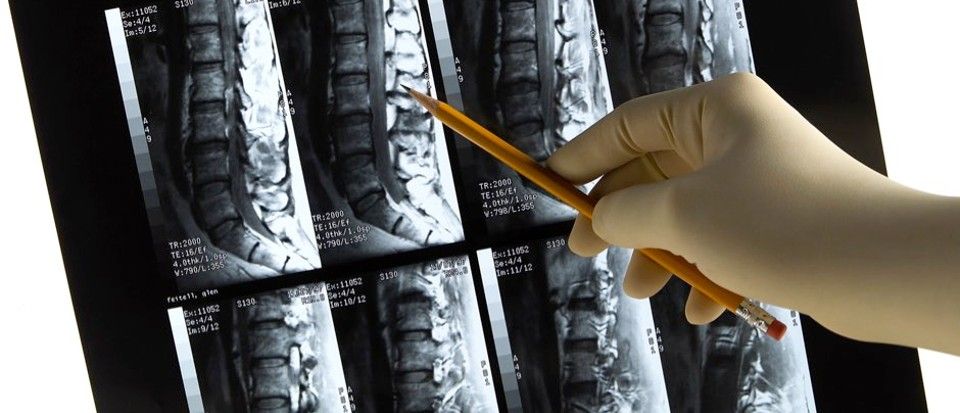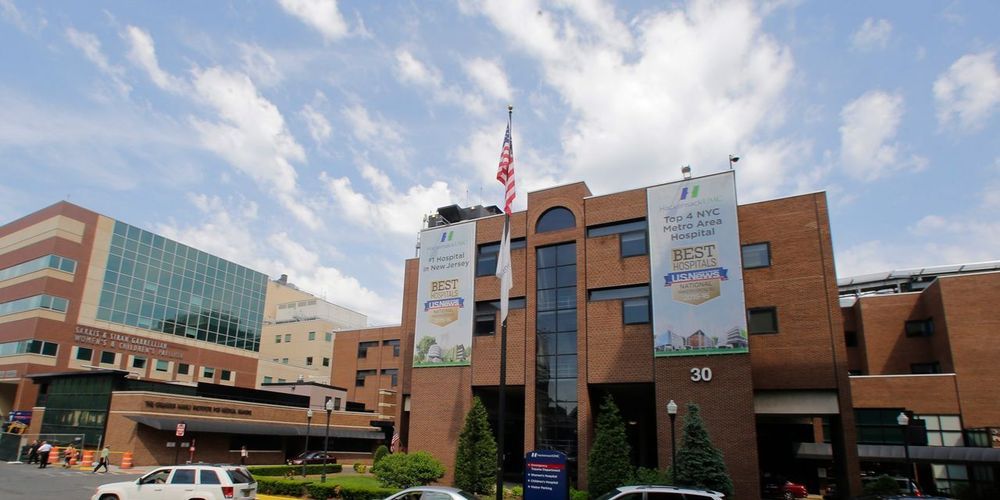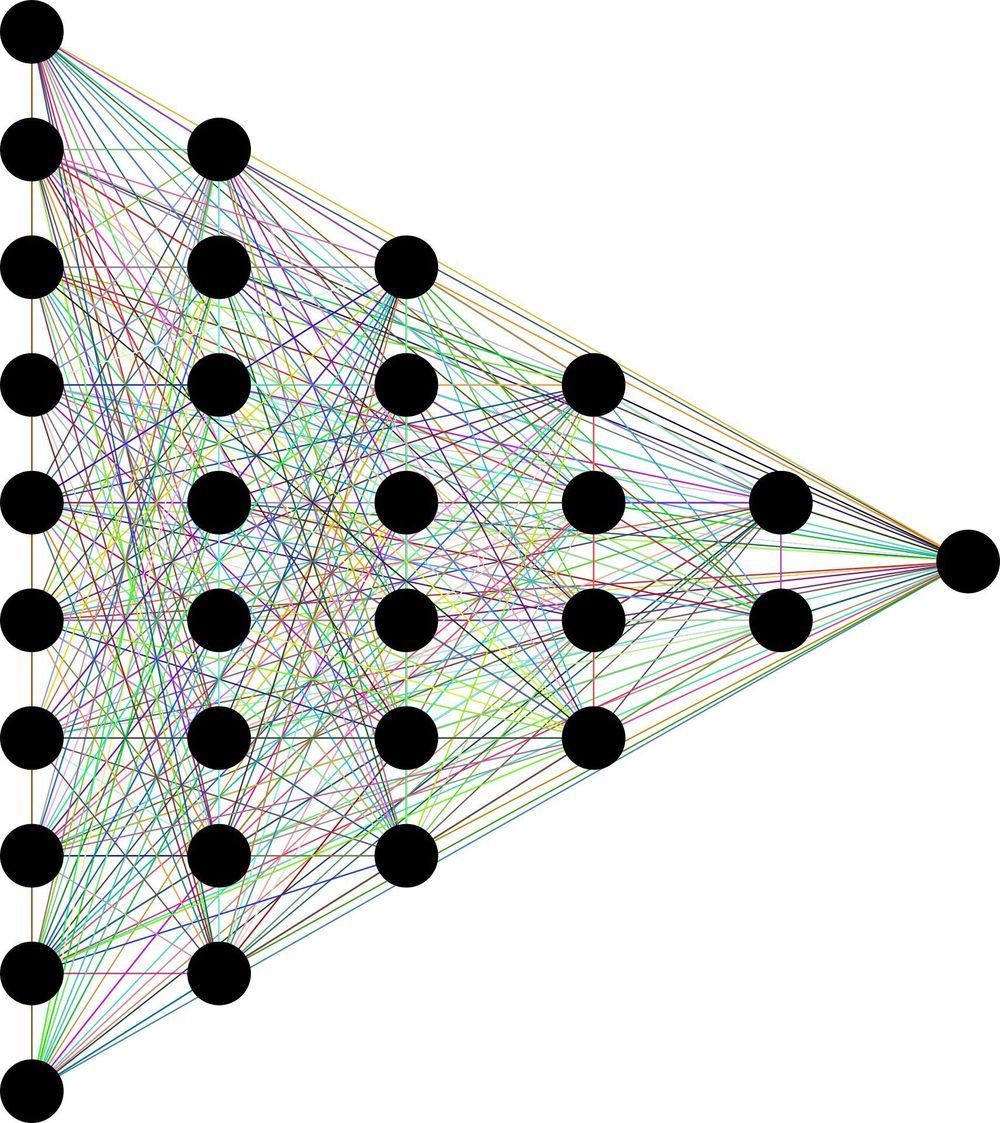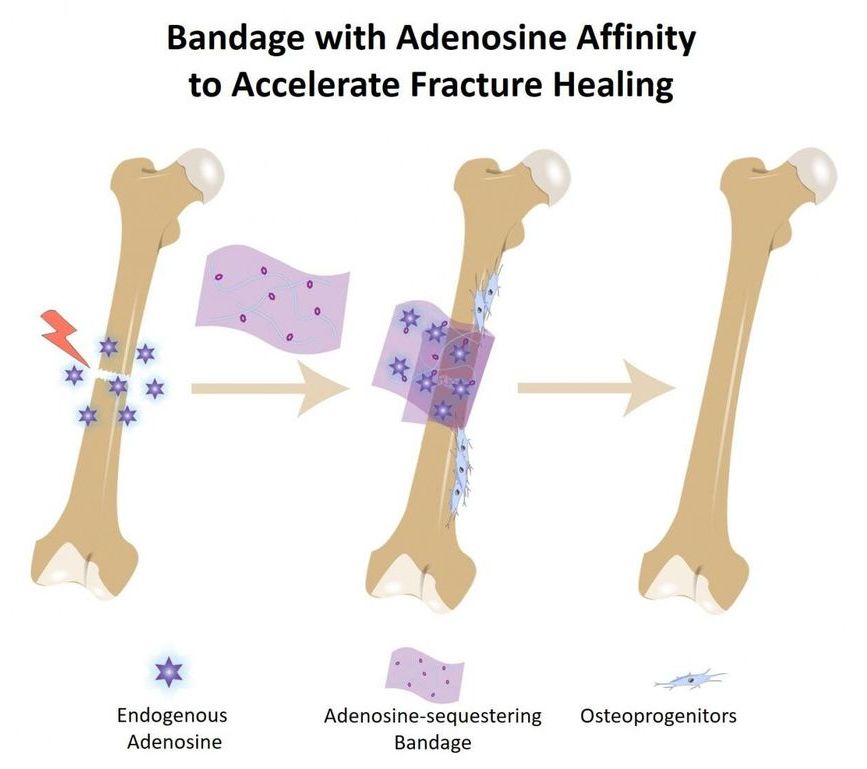Summary: White blood cells in the brain are regulated by the CD33 protein. CD33 decreases the likelihood that a person will develop Alzheimer’s disease. Source: University of AlbertaResearch sh.


This ‘Star Wars’-inspired prosthetic arm gives amputees the ability to feel again.


Scientists at the Universities of St Andrews and Edinburgh have discovered the functions of the area of the brain in which Alzheimer’s begins, offering hope for the development of future treatments.
Alzheimer’s disease is the commonest form of dementia with more than 520,000 people in the UK suffering from the disorder.
The first symptoms of this progressive disorder (which results from degeneration of memory networks in the brain) are problems remembering the things that have happened to us. This type of memory is called episodic memory.


U.S. regulators on Friday approved expanded use of a fish oil-based drug for preventing serious heart complications in high-risk patients already taking cholesterol-lowering pills.
Vascepa was approved years ago for people with sky-high triglycerides, a type of fat in blood. The Food and Drug Administration allowed its use in a far bigger group of adults with high, but less extreme, triglyceride levels who have multiple risk factors such as heart disease and diabetes.
In patient testing, it reduced risks of potentially deadly complications including heart attacks and strokes about 25 percent.

People tend to think the brain does all the thinking, but the spinal cord has built-in intelligence, Mushahwar says. A complex chain of motor and sensory networks regulate everything from breathing to bowels, while the brain stem’s contribution is basically “go!” and “faster!” Your spinal cord isn’t just moving muscles, it’s giving you your natural gait.
Being able to control standing and walking would improve bone health, improve bowel and bladder function, and reduce pressure ulcers, the researchers say. For those with less severe spinal injuries, an implant could be therapeutic, removing the need for months of gruelling physical therapy regimes that have limited success, they add.
The team say they are now going to focus on refining the hardware further by miniaturising an implantable stimulator and getting approval from Health Canada and the FDA for human trials. The first generation of the implants will require a patient to control walking and movement through physical means, but longer term, the implants could potentially include a direct connection to the brain, they say.

One of New Jersey’s largest hospital systems said it was hit this month by a ransomware attack that disrupted care across its clinics and 17 hospitals.
Hackensack Meridian Health said Friday the attack began Dec. 2 and forced it to cancel some surgical and other procedures, though no patients were harmed and its emergency rooms kept seeing patients.
The Times

Carnegie Mellon University computer scientists have taken a deep learning method that has revolutionized face recognition and other image-based applications in recent years and redirected its power to explore the relationship between genes.
The trick, they say, is to transform massive amounts of gene expression data into something more image-like. Convolutional neural networks (CNNs), which are adept at analyzing visual imagery, can then infer which genes are interacting with each other. The CNNs outperform existing methods at this task.
The researchers’ report on how CNNs can help identify disease-related genes and developmental and genetic pathways that might be targets for drugs is being published today in the Proceedings of the National Academy of Science. But Ziv Bar-Joseph, professor of computational biology and machine learning, said the applications for the new method, called CNNC, could go far beyond gene interactions.

Researchers at Duke University have engineered a bandage that captures and holds a pro-healing molecule at the site of a bone break to accelerate and improve the natural healing process.
In a proof-of-principle study with mice, the bandage helped to accelerate callus formation and vascularization to achieve better bone repair by three weeks.
The research points toward a general method for improving bone repair after damage that could be applied to medical products such as biodegradable bandages, implant coatings or bone grafts for critical defects.